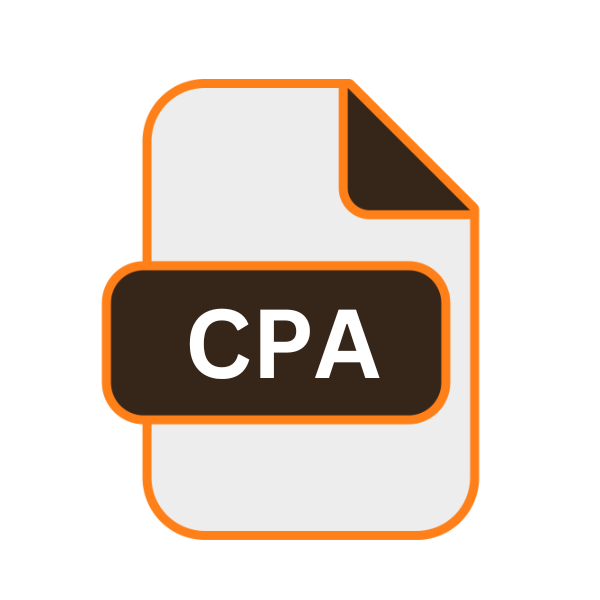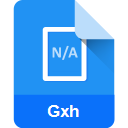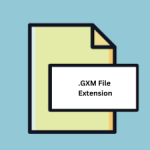.CPA File Extension

What is an CPA file?
In the realm of digital design and engineering, file extensions often hold the key to accessing and manipulating intricate data.
Among these, the .CPA file extension stands out as it encapsulates the CADSTAR PCB Archive File, a crucial component in the landscape of electronic design automation.
This article delves into the depths of .CPA files, tracing their origin, understanding their structure, evaluating their advantages and disadvantages, and providing insights into converting and accessing them across various platforms.
More Information.
As CADSTAR gained traction among engineers and designers worldwide, the need for efficient data exchange and storage mechanisms became apparent.
The .CPA file extension was conceived to address this need, serving as a compact, self-contained archive format capable of encapsulating all the design data, including schematics, PCB layouts, component libraries, and associated metadata.
Initially, .CPA files were primarily intended for internal use within CADSTAR, enabling users to archive and share their PCB designs seamlessly.
Origin Of This File.
The .CPA file extension finds its roots in the CADSTAR software suite, developed by Zuken, a prominent player in the field of electronic design automation (EDA).
CADSTAR, introduced in the late 1980s, aimed to streamline the process of designing printed circuit boards (PCBs), offering a comprehensive set of tools for schematic capture, PCB layout, and library management.
The .CPA extension emerged as a means to archive and preserve PCB designs, facilitating collaboration, version control, and project management within the CADSTAR ecosystem.
File Structure Technical Specification.
The .CPA file format adheres to a structured schema designed to accommodate diverse design elements while ensuring compactness and integrity.
At its core, a .CPA file comprises binary data organized into distinct sections, each representing a specific aspect of the PCB design.
These sections typically include schematic data, PCB layout data, component libraries, design rules, netlists, and project metadata.
The file structure is optimized for efficient parsing and manipulation within CADSTAR, enabling rapid loading and retrieval of design information.
How to Convert the File?
Converting .CPA files to alternative formats can be essential for interoperability and collaboration across different electronic design automation (EDA) platforms.
While the .CPA format is proprietary to CADSTAR, users may need to convert these files to more universally compatible formats like Gerber or Extended Gerber. Here’s a concise guide on how to convert .CPA files:
1. Using CADSTAR Software:
- Open the .CPA file within CADSTAR.
- Export the design to a compatible format such as Gerber or Extended Gerber using the built-in export functionalities.
- Follow the on-screen prompts to specify the desired export settings and file format options.
- Save the converted file to the desired location on your system.
2. Third-Party Conversion Tools:
- Explore third-party conversion tools or software applications designed for PCB design file conversion.
- Install and launch the preferred conversion tool on your system.
- Use the tool’s interface to import the .CPA file.
- Select the desired output format (e.g., Gerber) and configure any relevant settings.
- Initiate the conversion process and wait for the tool to generate the converted file.
- Save the converted file to your system for further use or distribution.
3. Online Conversion Services:
- Utilize online conversion services specializing in PCB design file conversion.
- Visit a reputable online conversion platform that supports .CPA to Gerber conversion.
- Upload the .CPA file to the conversion service through the provided interface.
- Select the target output format (e.g., Gerber) and initiate the conversion process.
- Wait for the service to process the file and generate the converted output.
- Download the converted file from the online service to your local system.
4. CADSTAR Support or Forums:
- Seek assistance from CADSTAR support resources or community forums.
- Reach out to CADSTAR’s official support channels for guidance on converting .CPA files.
- Engage with CADSTAR user communities or forums to seek advice and recommendations from experienced users.
- Explore existing discussions or documentation related to .CPA file conversion for valuable insights and tips.
5. Consulting with Experts:
- Consider consulting with PCB design experts or professionals familiar with CADSTAR and file conversion.
- Reach out to consultants or specialists in electronic design automation for personalized assistance.
- Discuss your specific requirements and challenges related to .CPA file conversion.
- Explore customized solutions or tailored workflows recommended by experts to streamline the conversion process.
Advantages And Disadvantages.
Advantage:
- Comprehensive Archiving: .CPA files encapsulate all PCB design data in a single package, ensuring comprehensive archiving and easy retrieval of project information.
- Standardization within CADSTAR: By using a proprietary format, .CPA files ensure consistency and compatibility within the CADSTAR ecosystem, streamlining collaboration and version control.
- Data Integrity: The structured nature of .CPA files enhance data integrity, minimizing the risk of corruption or loss during storage or transmission.
Disadvantage:
- Limited Interoperability: The proprietary nature of .CPA files restrict interoperability with other EDA tools, hindering seamless collaboration and integration into heterogeneous design environments.
- Dependency on CADSTAR: Users relying on .CPA files are bound to the CADSTAR platform, limiting flexibility and freedom to migrate to alternative software solutions.
- Conversion Complexity: Converting .CPA files to alternative formats can be complex and require specialized software tools or expertise, adding overhead to data exchange processes.
How to Open CPA?
Open In Windows
.CPA files can be opened in Windows using CADSTAR, the native software for PCB design. Simply launch CADSTAR, navigate to File > Open, and select the desired .CPA file to access the PCB design data within the application.
Open In Linux
On Linux, .CPA files can be opened using Wine, a compatibility layer that enables running Windows applications. Install Wine, then CADSTAR, and use Wine to launch CADSTAR. Convert .CPA files to formats compatible with Linux-based PCB design software like KiCad.
Open In MAC
To open .CPA files on macOS, utilize virtualization software like Parallels Desktop or VMware Fusion to run CADSTAR in a Windows environment. Use Boot Camp to dual-boot your Mac into Windows and then open .CPA files using CADSTAR.
Open In Android
Opening .CPA files on Android is impractical due to the resource-intensive nature of PCB design software.
Users can access cloud-based PCB design platforms via web browsers on their mobile devices, upload .CPA files to the cloud service, and use the platform’s viewer or editor to interact with the design.
Open In IOS
Similar to Android, directly opening .CPA files on iOS devices is not feasible. However, users can access cloud-based PCB design platforms via web browsers on their iOS devices.
Upload .CPA files to the cloud service, and utilize the platform’s viewer or editor to view and edit the PCB design data.
Open in Others
For other platforms, users can explore virtualization or emulation solutions tailored to their specific requirements. Virtual machines or emulators can simulate the desired operating system environment for running CADSTAR and opening .CPA files.
Utilize online file conversion services to convert .CPA files to compatible formats for the target platform.













